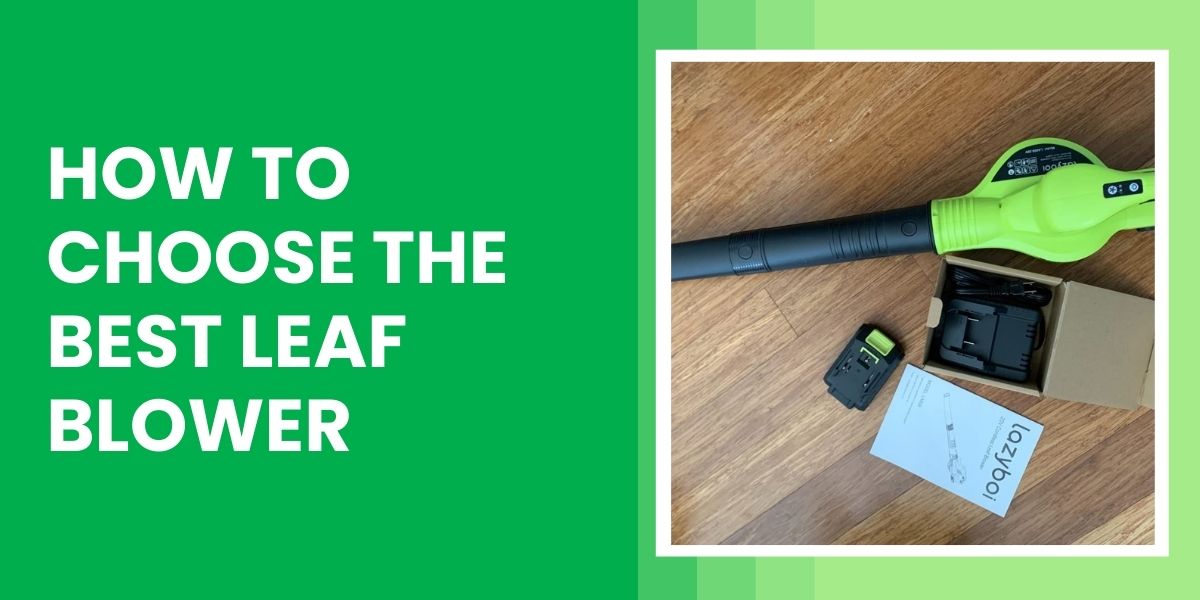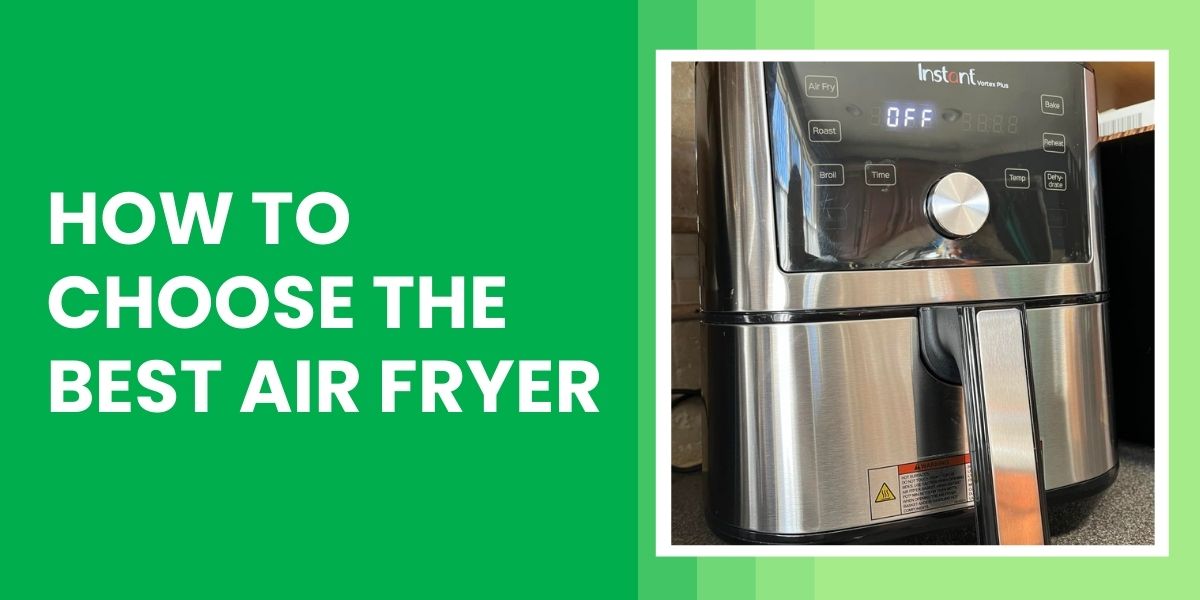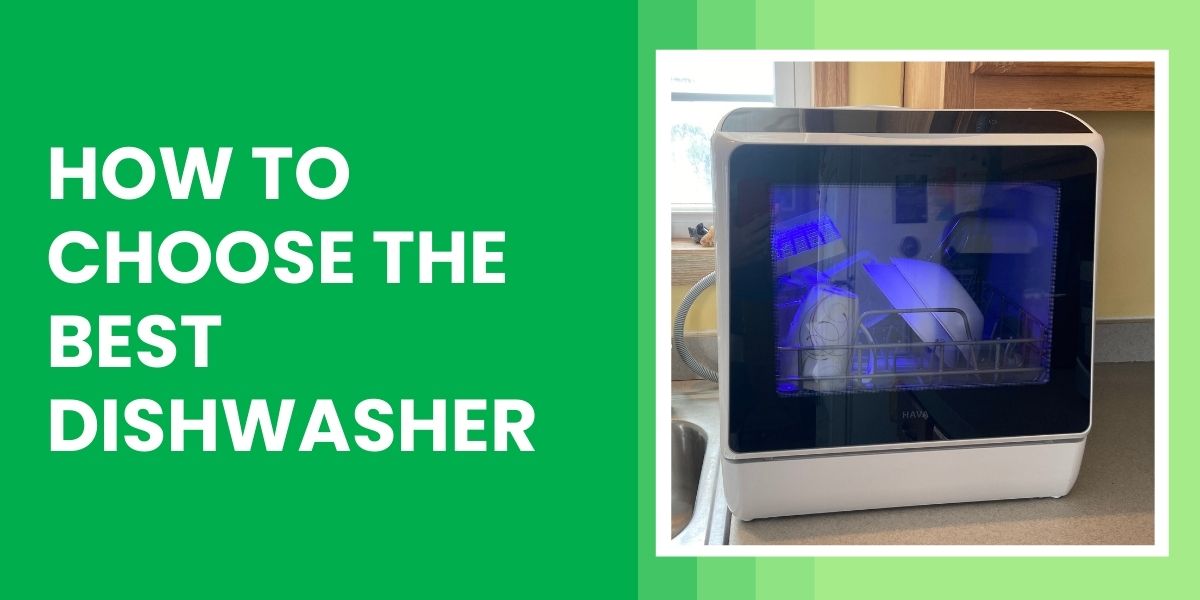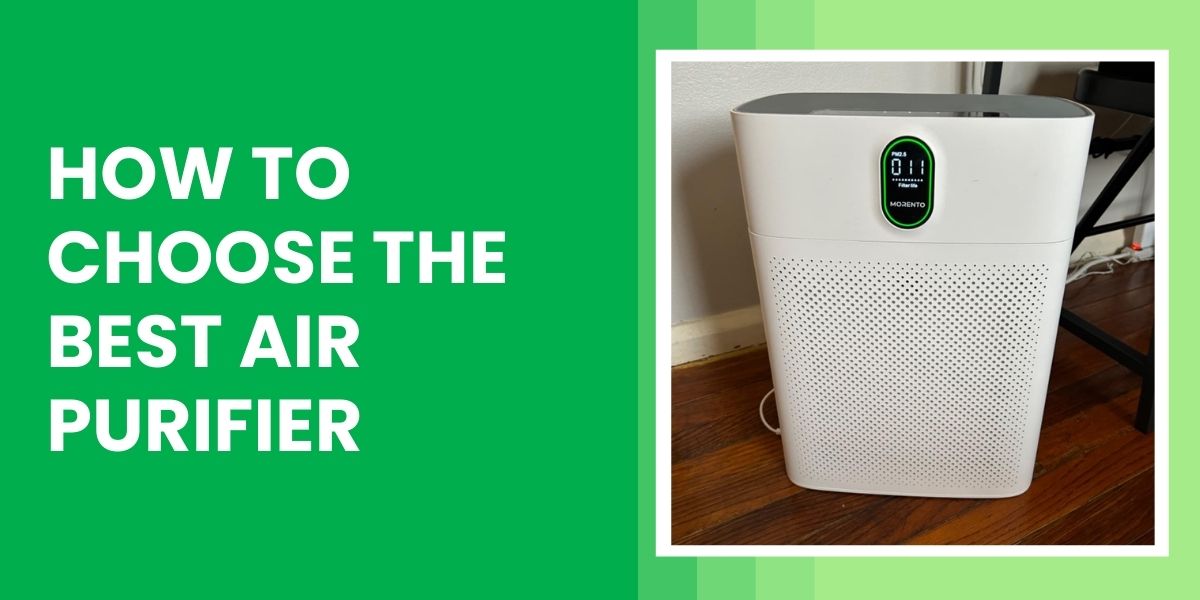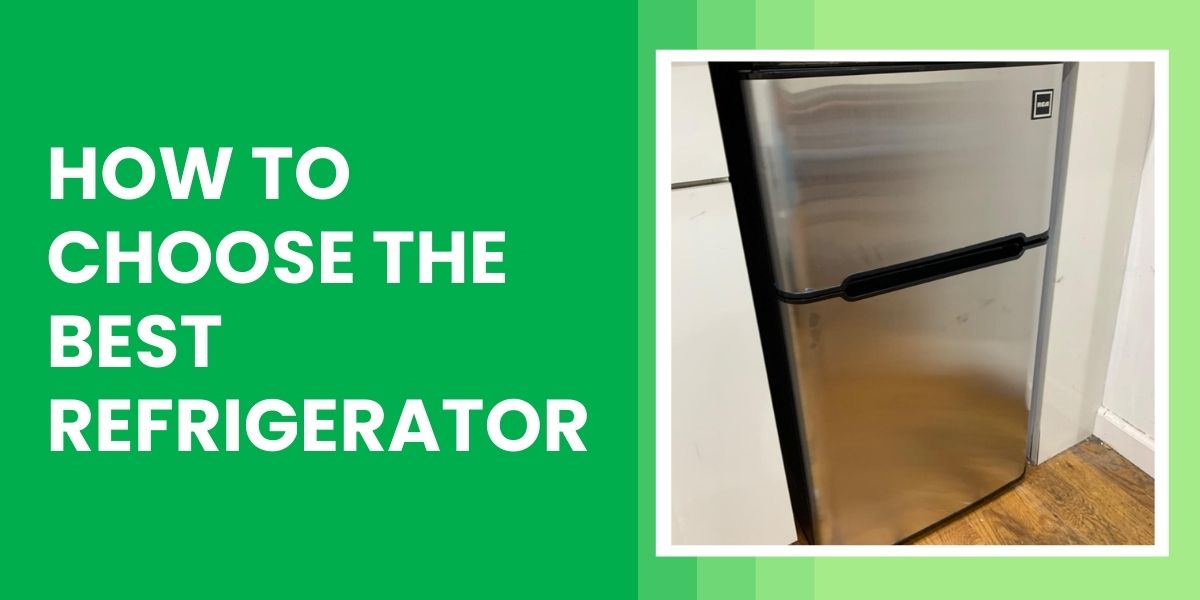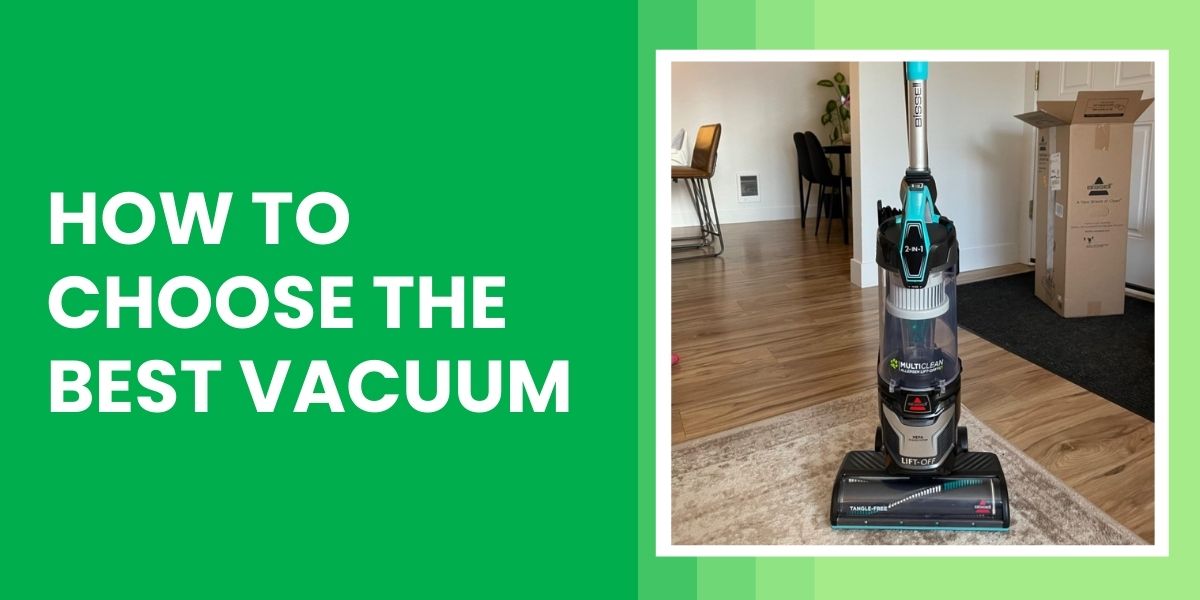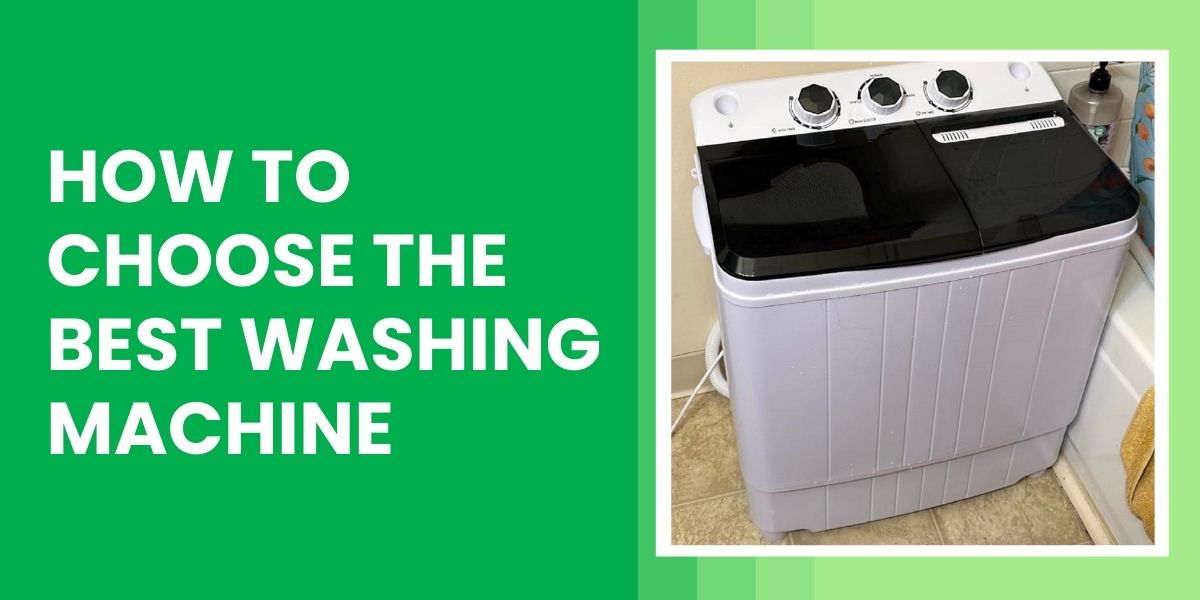A leaf blower can make outdoor cleanup much easier—but with so many types and features to choose from, it’s important to find one that fits your needs. Whether you’re maintaining a small backyard or tackling a large property, this buying guide breaks down everything you need to know to choose the best leaf blower for your space, budget, and lifestyle.
Things to Consider When Buying a Leaf Blower
Here’s a breakdown of what to look for:
1. Types of Leaf Blowers
Leaf blowers come in various styles to suit different yard sizes and tasks:
- Handheld Blowers: Lightweight and easy to maneuver; ideal for small to medium yards.
- Backpack Blowers: Offer more power and longer run times; suitable for larger properties.
- Walk-Behind Blowers: Designed for extensive areas; provide maximum power and efficiency.
Consider your yard size and the typical tasks you’ll perform when selecting the type.
2. Power Source
The power source affects the blower’s performance, maintenance, and environmental impact:
- Gas-Powered: Provide high power and mobility; require regular maintenance and emit exhaust fumes.
- Corded Electric: Lightweight and low maintenance; limited by cord length.
- Battery-Powered (Cordless): Offer mobility without emissions; limited run time per charge.
Choose based on your preference for power, convenience, and environmental considerations.
3. Airspeed (MPH)
Airspeed refers to how fast air exits the nozzle, helping push debris away. Higher airspeed means better ability to dislodge wet leaves or heavy debris.
- 130–150 MPH: Ideal for small patios, light debris, or hard surfaces.
- 150–180 MPH: Suitable for average residential yards with mixed leaf coverage.
- 180–250+ MPH: Best for large properties or challenging conditions like wet leaves or pine needles.
Tip: Higher airspeed doesn’t always mean better overall performance. It’s important to balance this with air volume.
4. Air Volume (CFM)
CFM (Cubic Feet per Minute) measures how much air is being pushed out — it impacts how wide an area you can clear in one pass.
- Up to 300 CFM: Best for light-duty tasks or smaller areas.
- 300–500 CFM: Great for most standard-sized yards.
- 500+ CFM: Ideal for large properties or heavy-duty leaf cleanup.
Tip: For general home use, a blower with at least 350 CFM is a good starting point.
5. Weight
The weight of a leaf blower can determine how long and how comfortably you can use it.
- 5–8 lbs (2.2–3.6 kg): Lightweight handheld models – best for quick jobs or users with limited strength.
- 8–12 lbs (3.6–5.4 kg): Medium-duty battery models – a good balance of power and usability.
- 15–25 lbs (6.8–11.3 kg): Backpack blowers – designed for extended use but require shoulder support.
Tip: Check if the weight listed includes the battery or fuel — it can add noticeable heft.
6. Ergonomics
Comfort-focused design matters, especially for longer tasks.
Key ergonomic features to look for:
- Adjustable or padded shoulder straps for backpack models
- Rubberized, non-slip handles for better grip
- Cruise control or variable speed triggers to reduce hand fatigue
- Well-balanced design so the nozzle doesn’t tilt too far up or down
Tip: If you have wrist, shoulder, or back issues, prioritize ergonomic reviews from real users or try the model in-store before buying.
7. Noise Level
Leaf blowers can be loud — and in some areas, noise restrictions apply. Here’s what you need to know:
- Average Noise Range: 60 to 100 decibels (dB)
- Battery/Electric Blowers: Typically 60–75 dB (comparable to a vacuum cleaner).
- Gas Blowers: Can exceed 90 dB (comparable to a motorcycle or lawn mower).
Tip: Look for models with a noise rating under 70 dB for use in quiet neighborhoods or early mornings. Always wear hearing protection if using anything over 85 dB.
7. Maintenance Requirements
Maintenance varies by power source:
- Gas Blowers: Require fuel mixing, engine maintenance, and regular servicing.
- Electric Blowers: Minimal maintenance; primarily involve battery care or cord management.
Assess your willingness and ability to perform regular maintenance.
8. Budget
Leaf blower prices range based on type and features:
- Corded Electric: $50–$100 / £40–£80 / C$65–C$130
- Battery-Powered: $100–$300 / £80–£240 / C$130–C$390
- Gas-Powered: $150–$500 / £120–£400 / C$195–C$650
Determine your budget and prioritize features that offer the best value for your needs.
Additional Features to Consider:
- Variable Speed Control
Allows you to adjust airflow depending on the task. Use lower speeds for delicate areas like flower beds and full power for heavy debris. - Vacuum and Mulching Function
Some blowers double as vacuums and can shred leaves into fine mulch. Useful for cleanup and composting — look for a mulch ratio (e.g., 16:1 means 16 bags of leaves become 1). - Cruise Control
Maintains a consistent airspeed without holding the trigger, Reduces hand strain during long sessions. - Quick Start or Push-Button Ignition
Easier starting systems found in many electric and premium gas models. Replaces the traditional pull-cord start for gas-powered blowers. - Interchangeable Nozzles
Some models come with different nozzle tips (flat, round) for controlling airflow shape. Flat nozzles concentrate air for wet leaves; round ones cover broader areas. - Battery Compatibility
For cordless models, check if the battery is compatible with other tools from the same brand. Saves money if you already own tools from that ecosystem. - Brushless Motor
Common in high-end cordless models. More efficient, quieter, longer-lasting, and requires less maintenance.
Choosing the right leaf blower comes down to understanding your yard size, typical debris, and how much power and convenience you need. From airspeed and air volume to weight, noise, and extra features, each factor plays a role in making your yard work quicker and more manageable. Whether you’re a weekend gardener or managing a larger property, investing in the best leaf blower for your needs will save time, reduce effort, and keep your outdoor space looking its best all year round.

